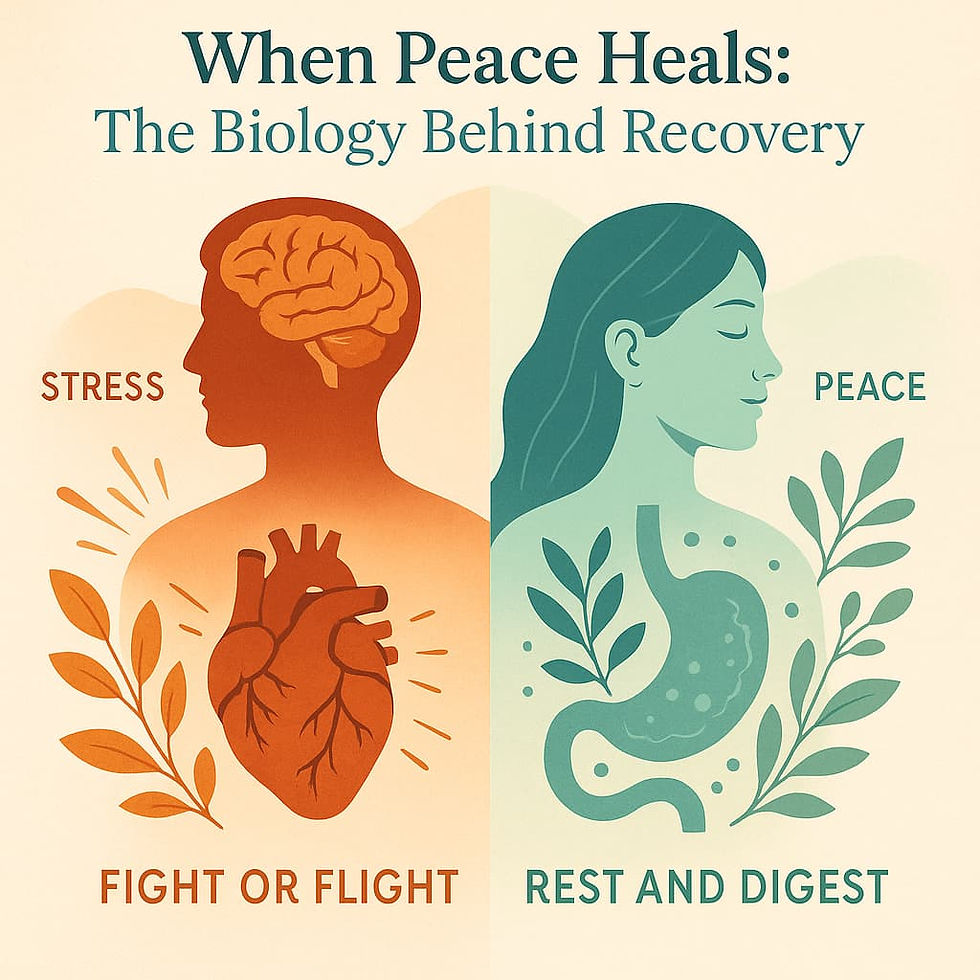When Pain Becomes More Than Just Pain
- Clark R. Mollenhoff III M.Ac., L.Ac.

- Jun 28
- 3 min read
Updated: Jul 17

People often seek help when they’ve reached a breaking point—when the pain becomes too much to bear. But what we don’t always recognize is that much of our suffering doesn’t stem from the pain itself. Rather, it emerges from the meaning we attach to that pain: the fear, the uncertainty, the mental tension around what it might signify or how long it might last.
Questions naturally flood in. What’s wrong with me? Will this get worse? How am I supposed to live like this? Will I ever get better? What should I do? Who can help me?
This internal monologue intensifies the experience. It adds a psychological and emotional dimension to the physical
pain—one that can be even more exhausting. The result is a feeling of being not only in pain, but also lost, broken, or stuck in a body that seems unwilling to cooperate.
The Paradox of Healing
Conventional thinking suggests that healing begins when symptoms subside. But in clinical reality, it often begins somewhere else—when we reduce the distress we carry about those symptoms. Pain and discomfort can activate the body’s threat response, suppressing the very systems that support rest, digestion, and tissue repair. In this survival state, even the most sophisticated interventions can struggle to take hold.
And so, the counterintuitive truth arises: healing sometimes begins not with doing more, but with letting go. Not giving up—but giving in to a softer approach. Letting go of the resistance. Letting go of the panic. Letting go of the urgent demand for resolution. This is the doorway to a deeper kind of recovery.
Redefining Acceptance
Understandably, many people recoil from the idea of “accepting” their pain. It can feel like surrendering to something intolerable or giving up hope for improvement. But acceptance, in a therapeutic sense, isn’t resignation. It’s an intentional shift from a combative posture to one of stewardship—a calm, grounded engagement with the healing process.
Stewardship involves showing up for yourself consistently: keeping the appointments that are hard to schedule, following through with treatment even when progress feels slow, and being willing to recalibrate your efforts as you learn what works. This is not passive. It is active patience. And it makes space for progress to emerge.
Creating Conditions for Regeneration
The body has extraordinary capacity to repair and regenerate—but healing doesn’t happen in a vacuum. It requires the right conditions, both internally and externally.
Acupuncture, for instance, is often misunderstood as merely a tool for symptom relief. While it can reduce pain, its more essential function is to shift the system toward parasympathetic dominance—that is, the state in which the body prioritizes rest, repair, and recovery. It works not by overriding the body’s defenses, but by inviting a return to equilibrium. In doing so, it enhances the body's own intelligence and capacity for healing.
Pain, then, is not always the primary problem. It is often a signal, pointing to something deeper—an imbalance, a blockage, or a state of sustained tension that needs to be addressed gently and holistically.
Peace Is the Medicine
The first meaningful shift in recovery often isn’t a change in the pain itself, but a change in our relationship to it. When we stop fighting and start listening, the body receives a powerful message: it’s safe now. Safe enough to relax, to restore, and to begin healing in earnest.
This shift is subtle but profound. It marks the transition from unnecessary suffering to meaningful engagement, from force to flow, from rigid control to earned trust.
And in that space—where peace becomes part of the treatment—healing begins to unfold.




Comments